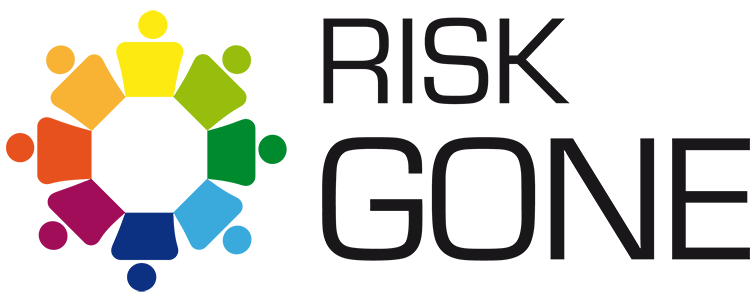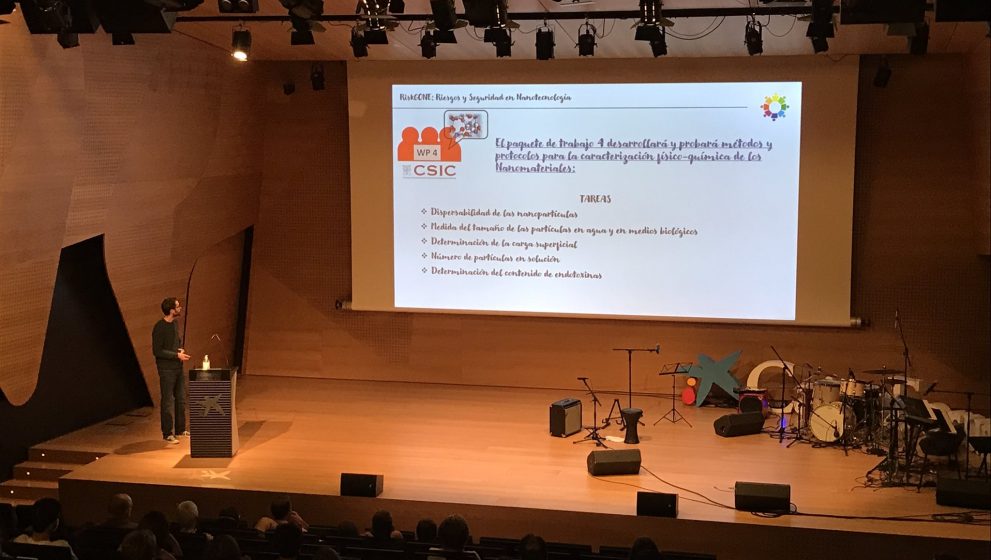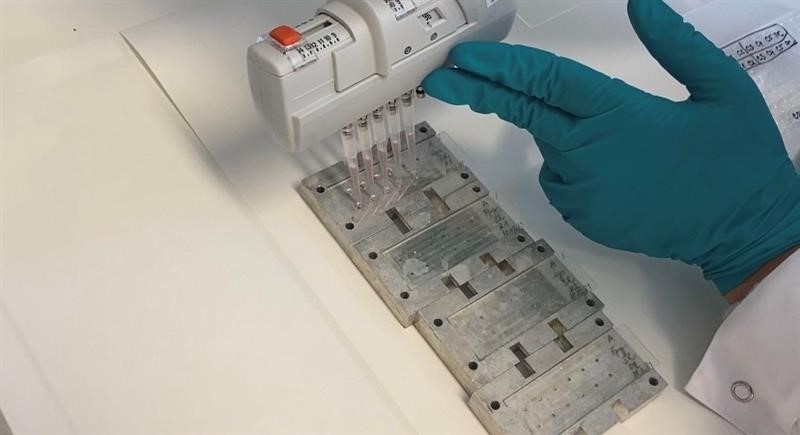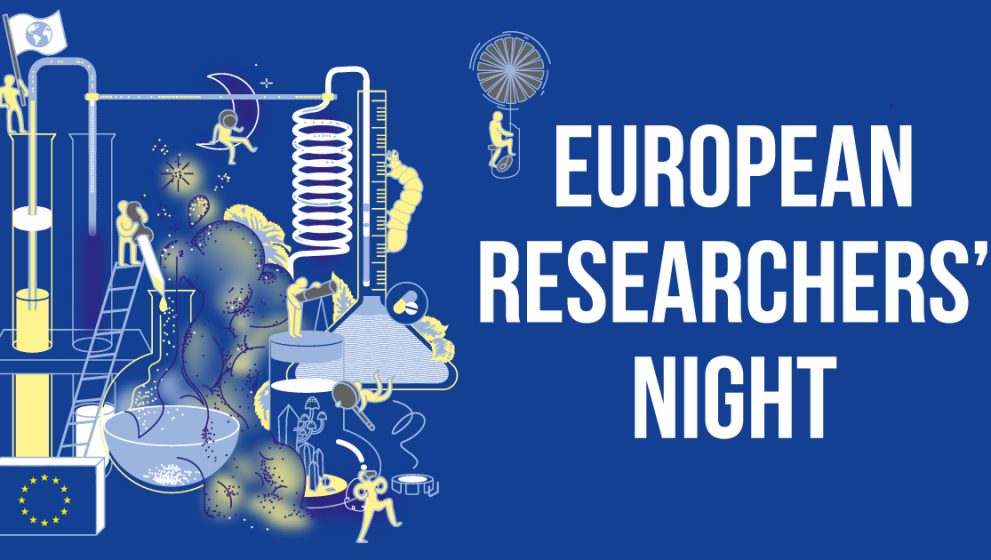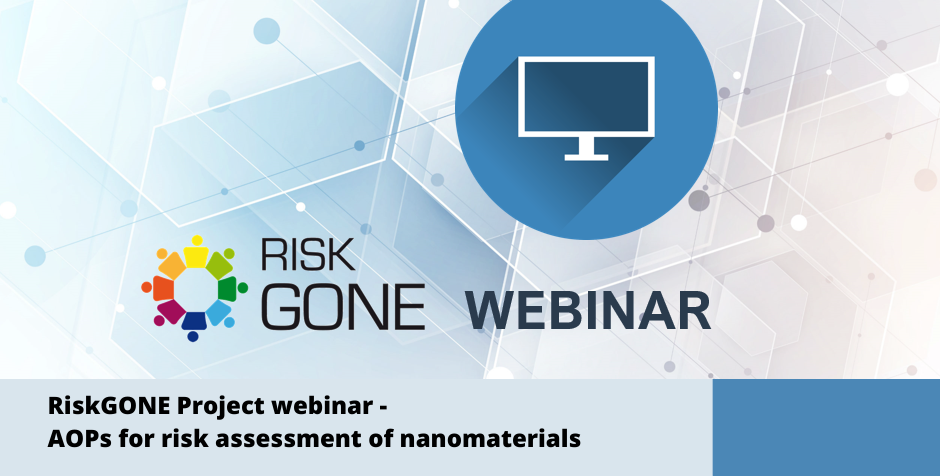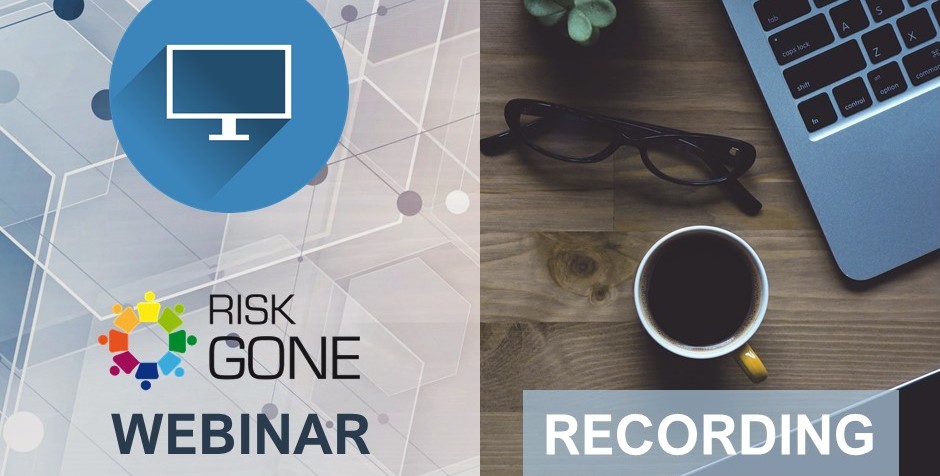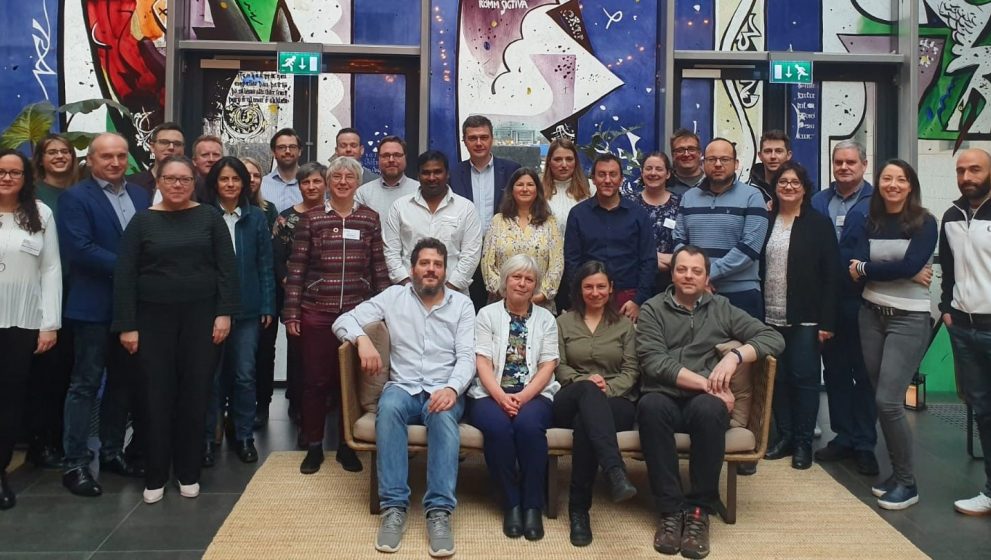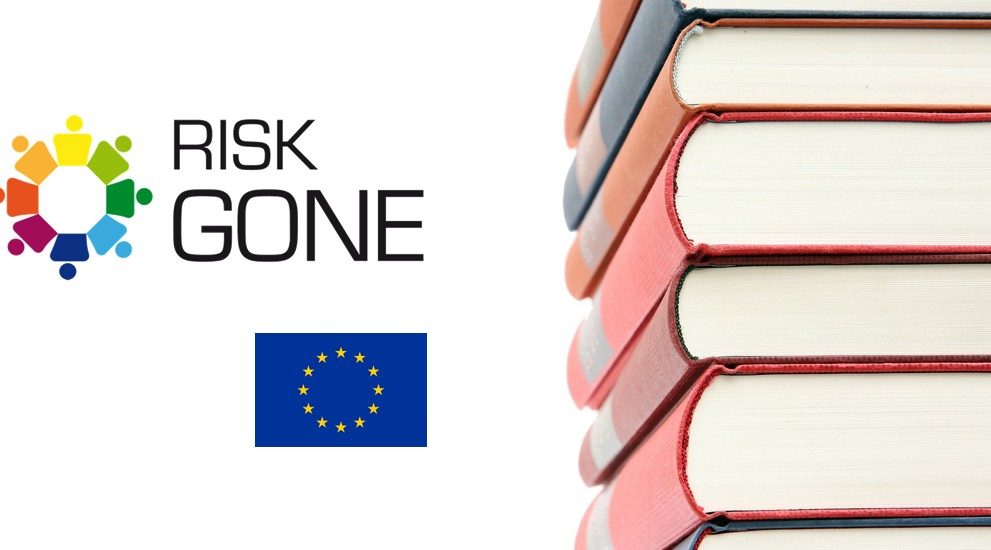The training school will take place on 20-25 June 2021 in San Servolo island, in Venice, Italy.
The School week will include a variety of hands-on sessions aimed to transfer state-of-the-art knowledge on a variety of topics from key experts to the new generation of nano-environmental, health and safety, and biomedicine professionals, using interprofessional education.
About the School
This year the Venice Nano Training School celebrates its 10th anniversary.
The School will feature keynote speeches, hands-on sessions and a dedicated Young Scientist Forum Day during which early career researchers (PhD students, PhD candidates and Post-Docs) will have the opportunity to present their work.
The School week will include a variety of hands-on sessions aimed to transfer state-of-the-art knowledge on a variety of topics from key experts to the new generation of nano-environmental, health and safety, and biomedicine professionals, using interprofessional education.
A variety of networking activities (a special 10th anniversary welcome cocktail, social event and a social dinner) will enable plenty of time and opportunities for you to widen your network and foster academic exchange.
Become part of an interactive, exciting week and enrich your knowledge by developing multidisciplinary expertise!
Who should attend?
- Early-stage researchers
- PhD students and Post-Docs
- Senior researchers
- Industry
- Governmental Agencies
- Medical Personnel
- Anyone interested in Safe Nanotechnology, Risk Assessment and Nano-Medicine
School Topics
- Hazard to Human Health & Environment
- Fate & Exposure Assessment
- Nanomedicine: from the lab to the market
- Modelling
- Grouping & Read Across Approaches
- Risk Governance
More Information about the Young Scientist Forum Day
Early career researchers will have the opportunity to present their work in the form of oral and poster presentations. You can choose between the following themes:
State of the art approaches and challenges towards nanomaterial characterisation
Strategies towards testing ENM toxicology (human and environmental)
Modelling approaches towards ENM toxicology
Risk assessment and legal regulation of ENM
Approaches towards defining human and environmental exposure to EN
School Location
The training school will take place in San Servolo (Venice, Italy).
School Certificates
Each participant will be given a Certificate of attendance upon request.
Further information and updates available here.
Contacts
Scientific enquiries:
Danail Hristozov, GreenDecision (Italy) | danail.hristozov@greendecision.eu
Stella Stoycheva, Yordas Group (UK) | s.stoycheva@yordasgroup.com
Susanne Resch, BioNanoNet (Austria) | susanne.resch@bionanonet.at
Logistics, local support and administration:
Paola Basso, GreenDecision (Italy) | management@greendecision.eu
Sponsors
GreenDecision (Venice, IT)
Institute of Occupational Medicine (Edinburgh, UK)
Yordas Group (Forchheim, DE)
Warrant Hub S.p.A (Casalecchio di Reno, IT)
BioNanoNet Forschungsgesellschaft mbH (Graz, AT)
NC3RS (London, UK)
Aarhus University (Aarhus, DK)
RIVM (Utrecht, NL)
NILU (Kjeller, NO)
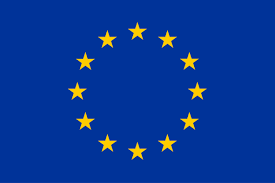
These projects have received funding from the European Union’s Horizon 2020 research and innovation programme under grant agreement No 760928 (BIORIMA), No 814401 (Gov4Nano), No 760840 (GRACIOUS), No 814426 (NanoInformaTIX), No 814530 (NANORIGO), No 760813 (PATROLS), and No 814425 (RiskGONE).
